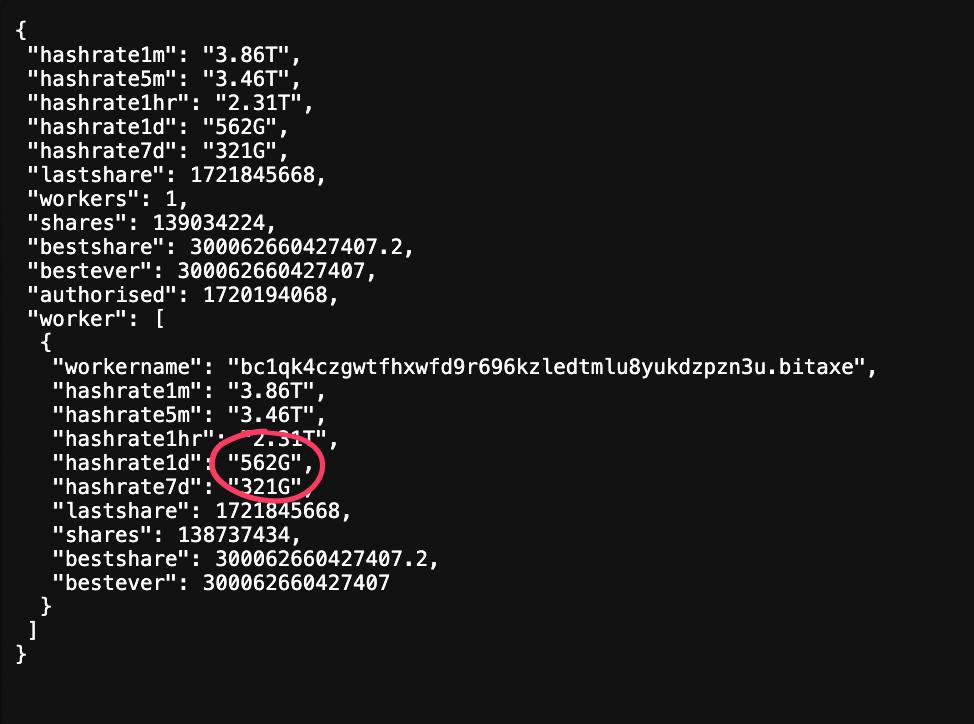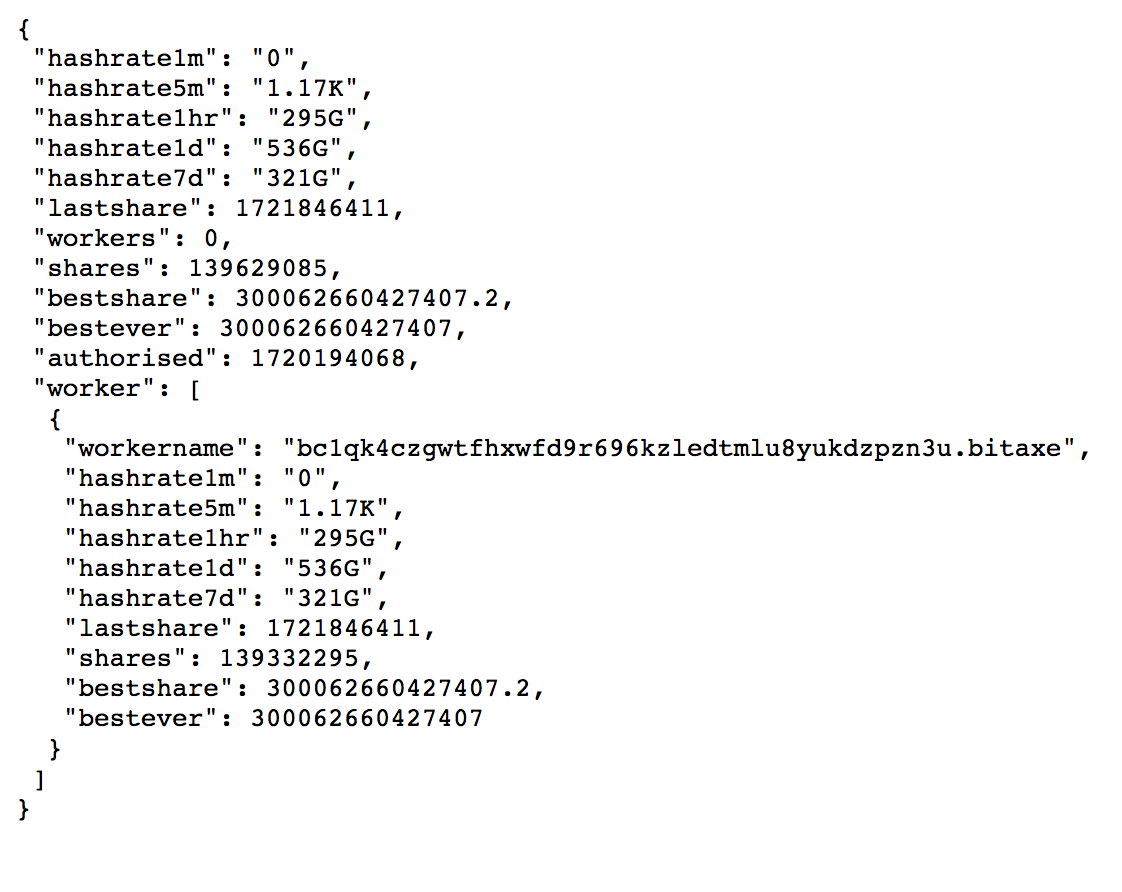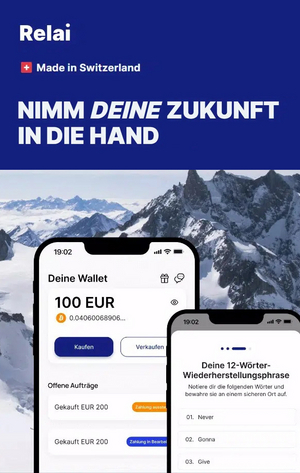A lot has happened in the home mining sector in recent months. Many new models of ASIC miners for home use have come onto the market and more and more people are becoming enthusiastic about the mining process. In addition to Nerdminer, the open source Bitcoin solo miner project BitAxe, which was initiated by skot, has been the main driver of the home mining market recently.
BitAxe led to the development of different models of a small home ASIC miner, with the performance and efficiency depending on the type and number of mining chips. To date, the various BitAxe-based models cover a bandwidth of around 450 gigahashes per second (GH/s) at 10 watts to around 8 TH/s at 230 watts.
The small home miners are particularly suitable for getting to know the Bitcoin mining process, whereby participation in the "lottery", which takes place every 10 minutes on average, is more like a side gimmick. This is because the probability of actually finding a block with such ASICs is very low.
With a hash rate of 500 GH/s, which corresponds to the performance of the new NerdAxe model, there is currently a probability of 0.000011 percent per day of successfully finding a block, i.e. guessing the right sequence of numbers in a competition with thousands of other machines, which forms a reference to all previous blocks through a mathematical process.
The Bitcoin community was accordingly surprised when a BitAxe solo miner found a block for the first time yesterday evening.
#bitaxe has written history today by finding the first block @BitcoinMagazine @BTCsessions @BitcoinNewsCom https://t.co/I47xGsWPtF
— WantClue (@ClueWant) July 24, 2024
Block 853742 - the first BitAxe block
Block 853742 was added to the Bitcoin blockchain on July 24 at 19:43:43 (CEST). The 1.77 MB, 3.99 MWU block contains 4353 transactions with total fees of 0.067 BTC (just under 4,500 US dollars). Together with the block subsidy, the total block reward amounts to 3,192 BTC (just under 212,000 US dollars). Of this, the BitAxe miner received 3,12864161 BTC, i.e. more than 204,600 US dollars 204,664 US dollars - the rest may have gone to the solo ckpool in a second transaction.
Who is the lucky one?
In addition to the self-hosted solo miners, the solo ckpool is the only relevant solo pool. Solo ck confirmed the 290th block found on https://solo.ckpool.org/ on the 𝕏 platform. The pool also revealed details about the miner and his incredible luck.
Congratulations to miner with the first bitaxe block, only a tiny 3TH for finding the 290th solo block on solo ckpool! This much hashrate only would find a block once every 3500 YEARS on average, or 1 in 1.2 MILLION chance per day! https://t.co/5Wtu9jydsF pic.twitter.com/D5sSzug42P
— Dr -ck (@ckpooldev) July 24, 2024

In addition, the miner at this address probably only started mining 19 days ago. He is also said to have only increased his hash rate to 3 terahash per second (TH/s) in the last 24 hours.
Incredibly according to the logs they appear to have only started mining solo to this address 19 days ago, and increased their hashrate to 3TH only in the last 24 hours. There is no way to know if they were mining on different address with extra hashrate but that's unlikely.
— Dr -ck (@ckpooldev) July 24, 2024
In fact, it was at least 3.86 TH/s (daily average of around 500 GH/s), as the miner's data shows around 45 minutes after the BitAxe block was found. Since then, however, the miner has been switched off.
The miner could therefore have started with a Bitaxe 401 Supra or NerdAxe and gradually added more devices over the last 24 hours. Of course, it could also have been a down-regulated S9 miner whose performance was slowly increased, because the ".bitaxe" suffix added to the address - which probably gave the hint to the BitAxe - can be freely determined by the miner himself, but this does not have to be true. But with such a low probability and such a short period of use, why give false information? This increases the probability that it really must have been a BitAxe miner.
The miner was indeed incredibly lucky to find a block in such a short time (24 hours) and with such a low hashrate (an average of approx. 500 GH/s on that day). It remains to be seen whether the lucky miner will go public and provide additional evidence of his BitAxe luck, although this is unlikely.
The BitAxe block is of course an equally important event for the home mining industry. The BitAxe block has shown that small home mining models also work, so demand for such devices could increase. Rising prices are possible, but rather unlikely due to the growing competition, such as the BMM 100 Mini Miner from Bitcoin mining veteran Braiins or the Nerdminer successor NerdAxe. It is also possible to construct a BitAxe miner yourself using the individual parts or to obtain inexpensive, decommissioned industrial devices instead of relying on the finished home miner models. The increasing demand would ultimately have a positive effect on the network as the decentralization of the mining process increases.










